I’ve been wanting to work on my low-light film shooting skills for awhile. I’d already tried shooting some Ilford HP5 pushed to 1600 at our family Thanksgiving celebration, and at a wedding (see: my previous post, Traveling. Light) with mixed results.
The first attempt was made using my Nikon FE, relying on its normally terrific metering. Experienced shooters will immediately recognize where this all went wrong for me. What I learned was in an otherwise dark scene, and seemingly regardless of the location within the scene, any bright source of light would cause the image to be significantly underexposed in “A” mode. This is one of those things one realizes after reviewing the scans, while simultaneously exclaiming, “Duh?” out loud. Or, maybe that’s just me. Further complicating matters, the low light condition makes it so I couldn’t see the needles on the typically intuitive meter inside the viewfinder on the FE to shoot manually.
Recently, my wife and I were headed to dinner with friends, so I thought it would be an excellent opportunity to experiment with Ilford HP5 pushed to 3200. This time, I brought my Leica M3 with a Summicron-M 50mm f/2 attached. (Saying it like this makes it sounds as if I have a vast selection of Leica glass, when in fact this is the lens I have for it) I thought this might be a better setup for low light shooting for a few reasons. First, at 3200, I would be able to shoot some around f/4, and at shutter speeds between 1/30 and 1/60, meaning the odds of nailing focus would be better. This is especially true when it was so challenging to detect sharpness through the viewfinder. Second, as good as the old F-mount Nikkor lenses are, I’ve found to my untrained and neophyte eyes, my Summicron has a much gentler fall-off wide open, making images I thought for sure would be soft focused look sharper than I thought possible. And, finally, I have a KEKS KM02 light meter I keep in the M3’s cold shoe. I do not believe it measures light any better than the Nikon’s internal meter does. However, the display is a bright LED making it easy to read in dim light.
What I learned from this experience was things like candles, white sweaters, and bright reflections anywhere in the scene really trip up the meter. Without a spot meter in-hand, it is easy to be fooled by what the meter suggests. I think based on this experience, I will make a conscious note to identify these items in a shot, and adjust the exposure by at least one or two full stops. Any tips from the more experienced low-light shooters is welcomed in the comments.
Finally, as I use a lab for all my developing, I can’t speak to how it was processed. I used Darkroom Lab here in Southern California, merely indicating “+3” on the canister. I think they did a superb job. But, perhaps processing my own black and white film is in my future.
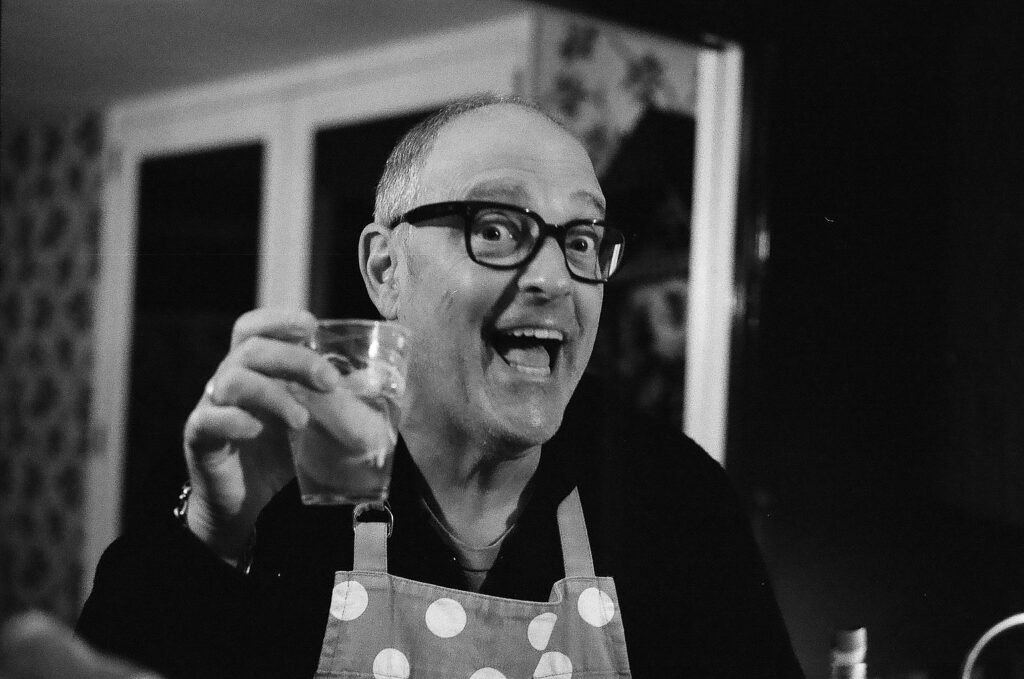
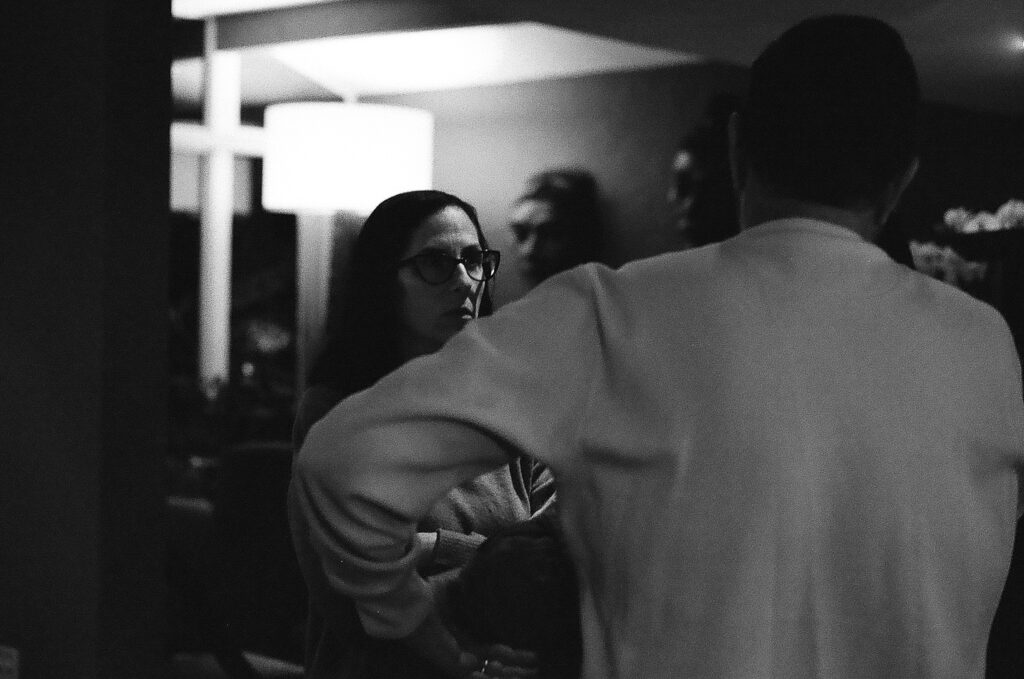
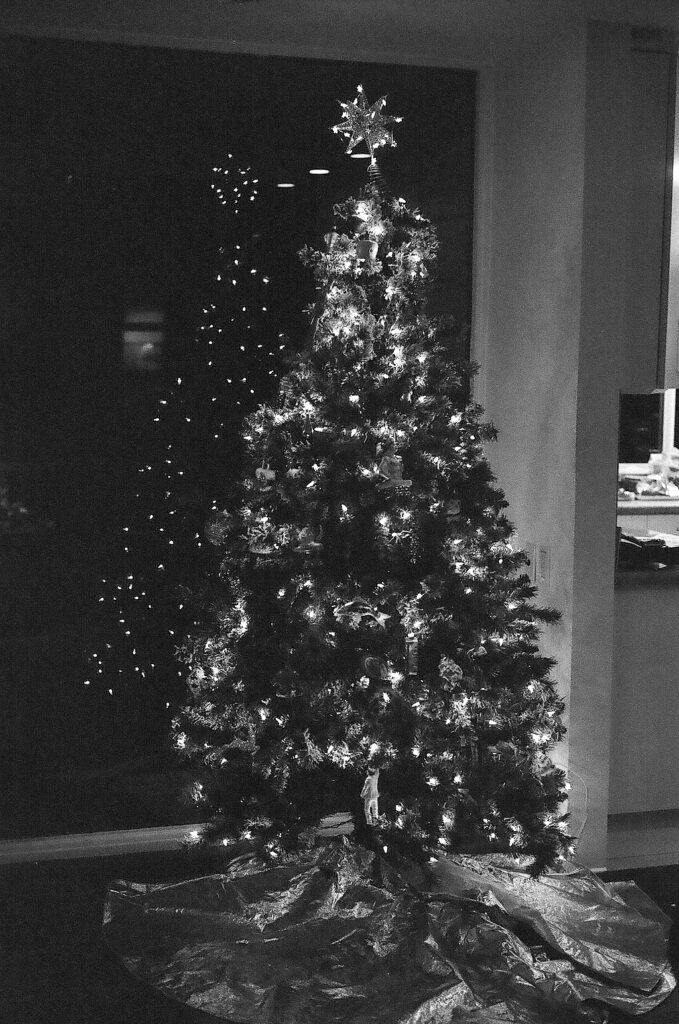
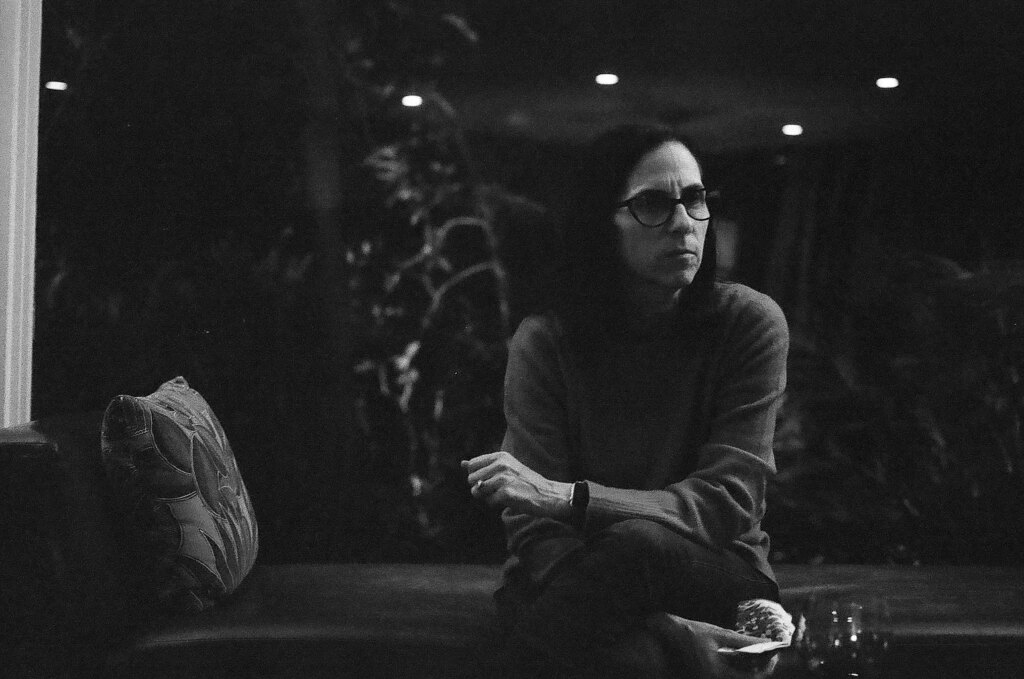
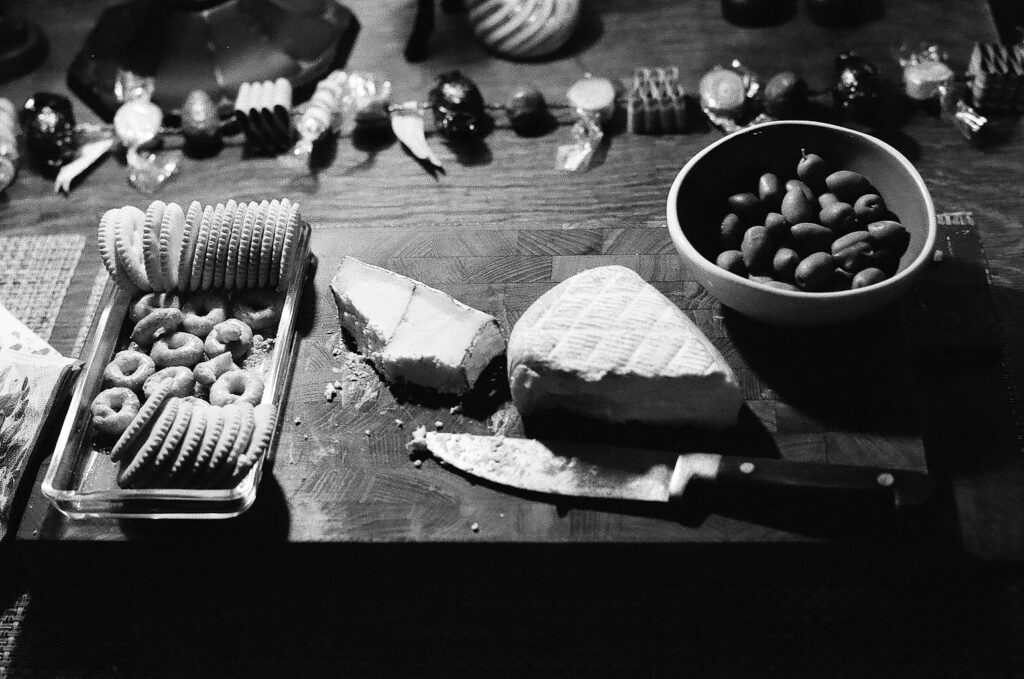
Share this post:
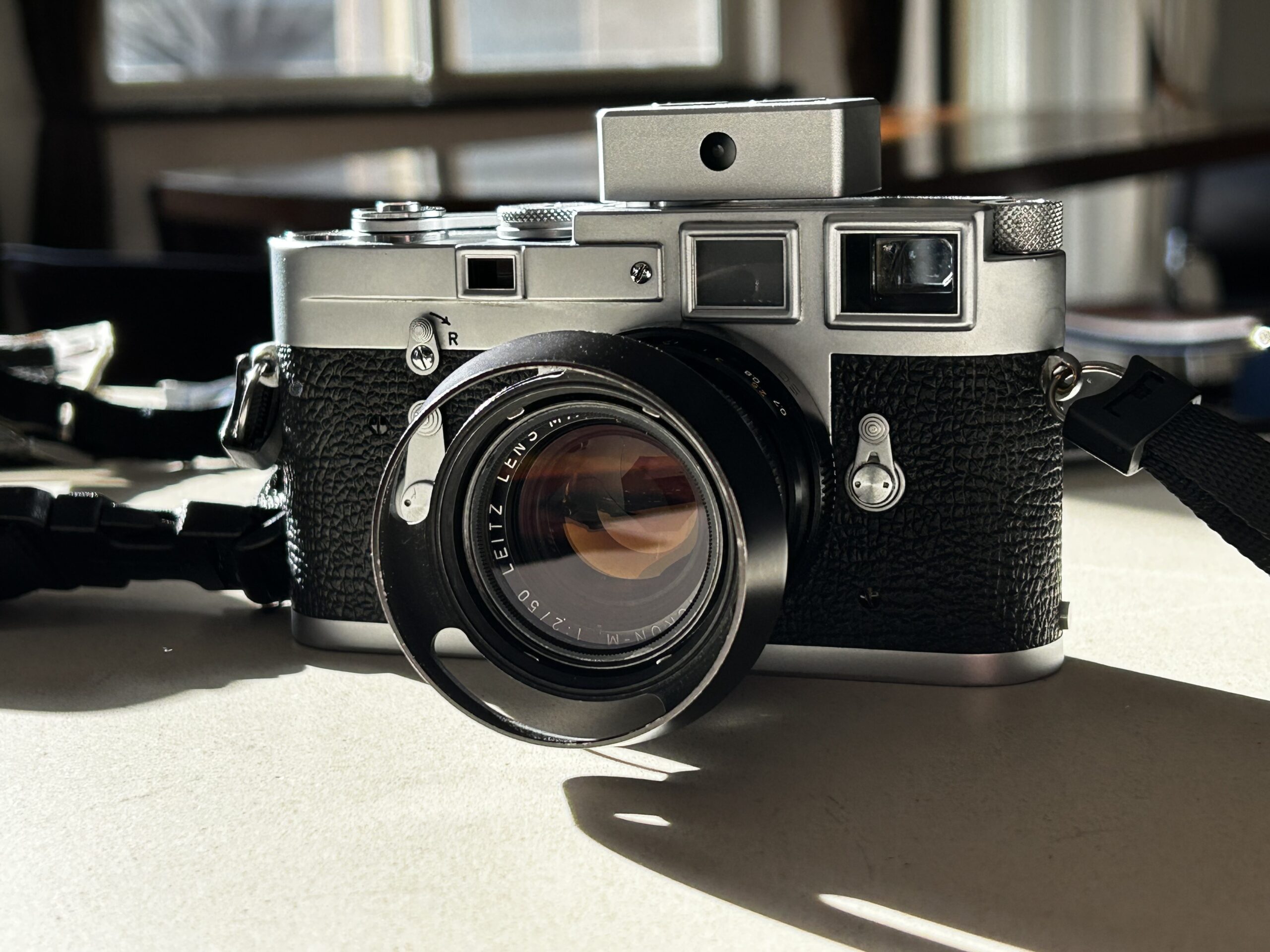








Comments
Rajat Srivastava on 5 Frames with a Leica M3 & Ilford HP5 pushed to 3200
Comment posted: 25/02/2024
Were the scans you sent received JPEGs or Raw/DNG files? I push film a lot on my M3, tend to develop myself and then get a lot more details from the underexposed shadows. I am sure you can do the same for a couple of these
Thanks for sharing
Comment posted: 25/02/2024
Nik Stanbridge on 5 Frames with a Leica M3 & Ilford HP5 pushed to 3200
Comment posted: 25/02/2024
Comment posted: 25/02/2024
Johnny Martyr on 5 Frames with a Leica M3 & Ilford HP5 pushed to 3200
Comment posted: 25/02/2024
In addition to your observation about white - it's important when metering to consider what you are metering FOR. Light meters are generally designed to correctly expose 15% grey. So it's important to have a working understanding of what this looks like and find it in your scenes. When I'm shooting in very dim light, I look for something darker than 15% grey to expose for, particularly when push processing. When you shoot a 400 ISO film at EI 3200, you are making a thinner, more contrasty negative and it's going to have much less grey tonality than if you shot 400 ISO at 400 ISO or 3200 ISO at 3200 ISO. By exposing for (aiming your meter at) subjects that are a little darker than 15% grey but not quite what I'd call "shadows," you boost the brightness of everything in your scene up a little.
You don't necessarily need a spot meter, you just need to get a feel for how your center-weighted averaging meter "sees" and how your film reacts to that setting.
So in your photos, which are a great set, your faces are often covered shadow where they *should* be 15% grey to highlights in range.
It's very popular right now to push 400 films beyond 1600 rather than getting the grain of 3200 speed films at box speed or around it. I can appreciate this but also find that exposure needs to be increasingly accurate the further you push. This is difficult when shooting candids and the QUALITY of light (how contrasty or flat it is) also plays a major role in how the final images turn out.
I encourage you to keep working in low light and also recommend trying grainier, but more tonal TMAX P3200 and Delta 3200 as well as applying the 15% grey thinking I mentioned. For these shots, you concentrated on getting accurate focus and exposure. I would make your next step to dial in the tonality on subjects, particularly faces and learn about that relationship.
Also, glad you found the Achilles Heel of match and swing needle light meter displays, OLED is so much better for low light work! And you can't go wrong with an M3 and a Cron either of course.
Great work, and thanks for sharing. Wow, you race vintage cars? That sounds awesome!
Comment posted: 25/02/2024
David Hill on 5 Frames with a Leica M3 & Ilford HP5 pushed to 3200
Comment posted: 25/02/2024
Thank you!
Comment posted: 25/02/2024
M. I. Droz on 5 Frames with a Leica M3 & Ilford HP5 pushed to 3200
Comment posted: 25/02/2024
Comment posted: 25/02/2024
Bill Brown on 5 Frames with a Leica M3 & Ilford HP5 pushed to 3200
Comment posted: 25/02/2024
Secondly, if you are shooting a scene while locked down on a tripod and want to shoot at like f8 or smaller aperture you just need to open up the lens to the widest setting, take a light reading then do the math to find the correct exposure for the corresponding aperture you want.
Art Meripol on 5 Frames with a Leica M3 & Ilford HP5 pushed to 3200
Comment posted: 25/02/2024
Comment posted: 25/02/2024
AZD on 5 Frames with a Leica M3 & Ilford HP5 pushed to 3200
Comment posted: 25/02/2024
Best of luck with the next round, and have fun!
Comment posted: 25/02/2024
Grant B on 5 Frames with a Leica M3 & Ilford HP5 pushed to 3200
Comment posted: 25/02/2024
Comment posted: 25/02/2024
Geoff Chaplin on 5 Frames with a Leica M3 & Ilford HP5 pushed to 3200
Comment posted: 26/02/2024
For metering I trust incident light readings, and sunny 16 (i.e.experience), before reflected light readings.
Ibraar Hussain on 5 Frames with a Leica M3 & Ilford HP5 pushed to 3200
Comment posted: 28/02/2024
Comment posted: 28/02/2024